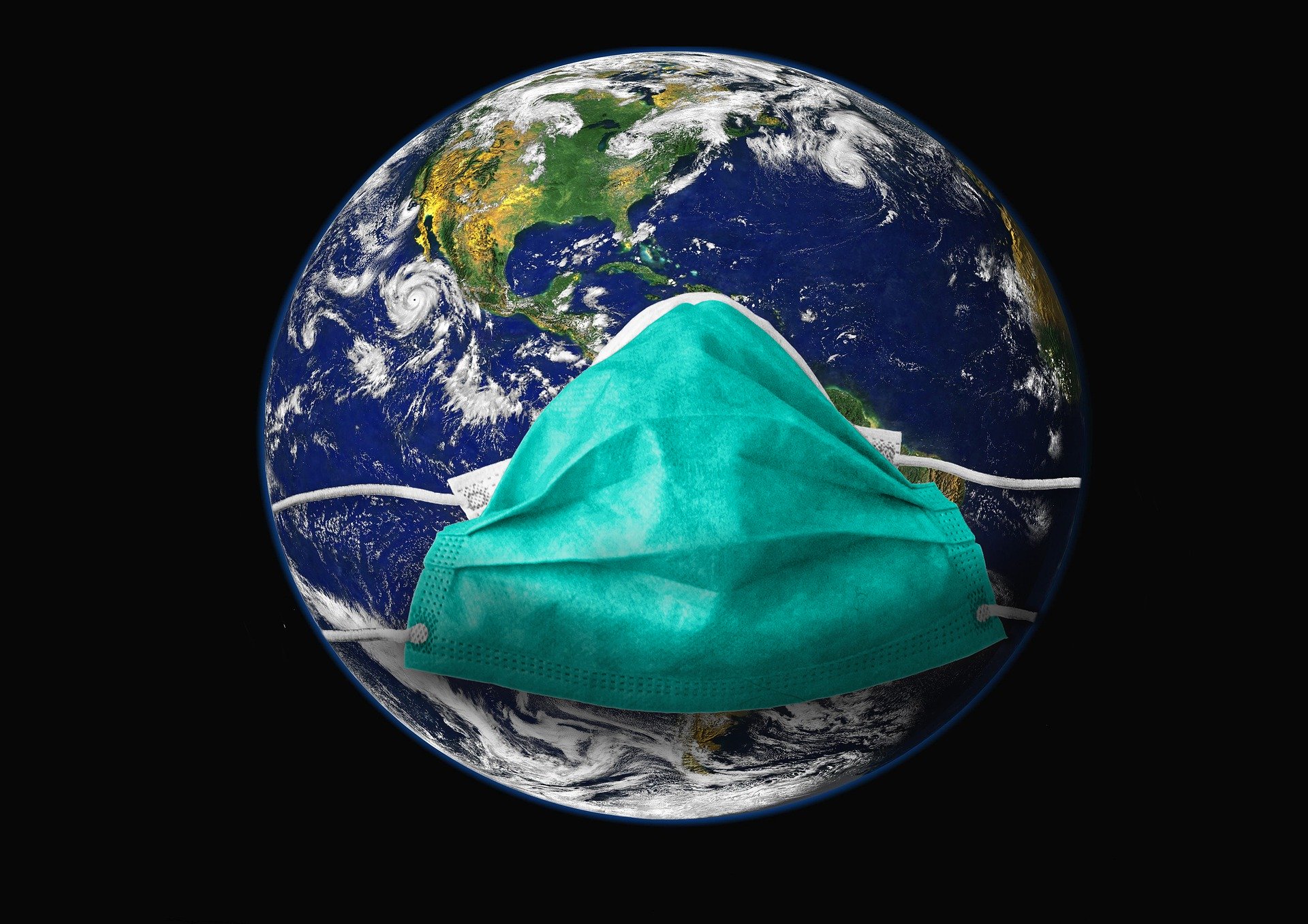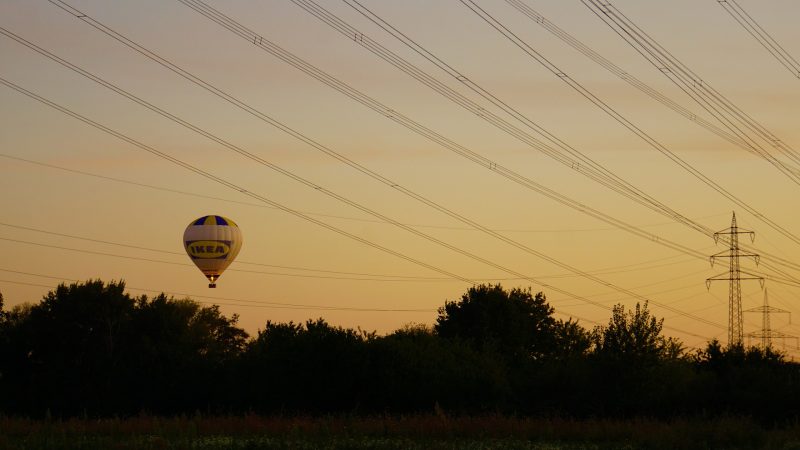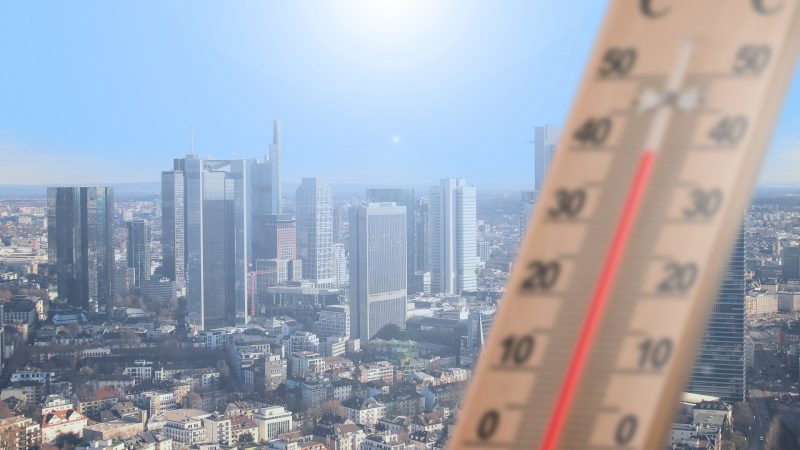The Earth in lockdown trembles less1 min read

The quarantine imposed by the COVID-19 pandemic in many parts of the world has brought down the background noise of seismic vibrations caused by human activities: for geologists, it is a precious opportunity for obtaining a more sensitive detection of the natural movements of the Earth’s crust.
Researchers studying Earth’s motions report a drop in seismic noise (the hum of vibrations in the planet’s crust) which could be the result of disruption of transportation networks and other human activities. They say this could allow detectors to detect smaller earthquakes and increase efforts to monitor volcanic activity and other seismic events.
A noise reduction of this magnitude is usually only experienced for a short time around Christmas.
Natural events such as earthquakes cause the Earth’s crust to move, but the same happens for the reactions caused by moving vehicles and industrial machinery. And although the effects of individual sources may be modest, together they require background noise, which reduces the ability of seismometers to detect other signals that propagate with the same frequency.
City detectors around the world may better identify locations where earthquake-settling tests occur. The replacement of noise could also be useful to seismologists who use natural background vibrations, such as those deriving from the breaking of ocean waves, to study the Earth’s crust.
But not all seismic monitoring stations will see such a pronounced effect. Many stations are deliberately located in remote areas or in deep wells to avoid human noise, and therefore we see a minor notification, or no change, in the level of noise and high frequency that they record.
Featured image by Alexandra_Koch from Pixabay






